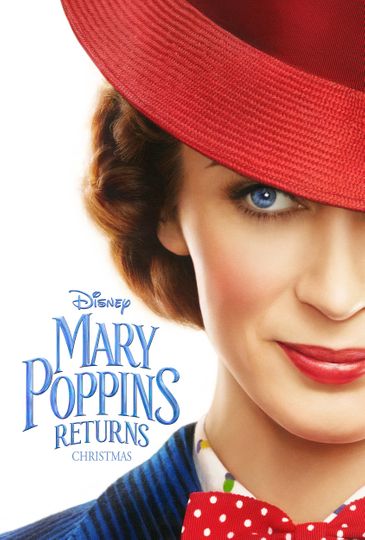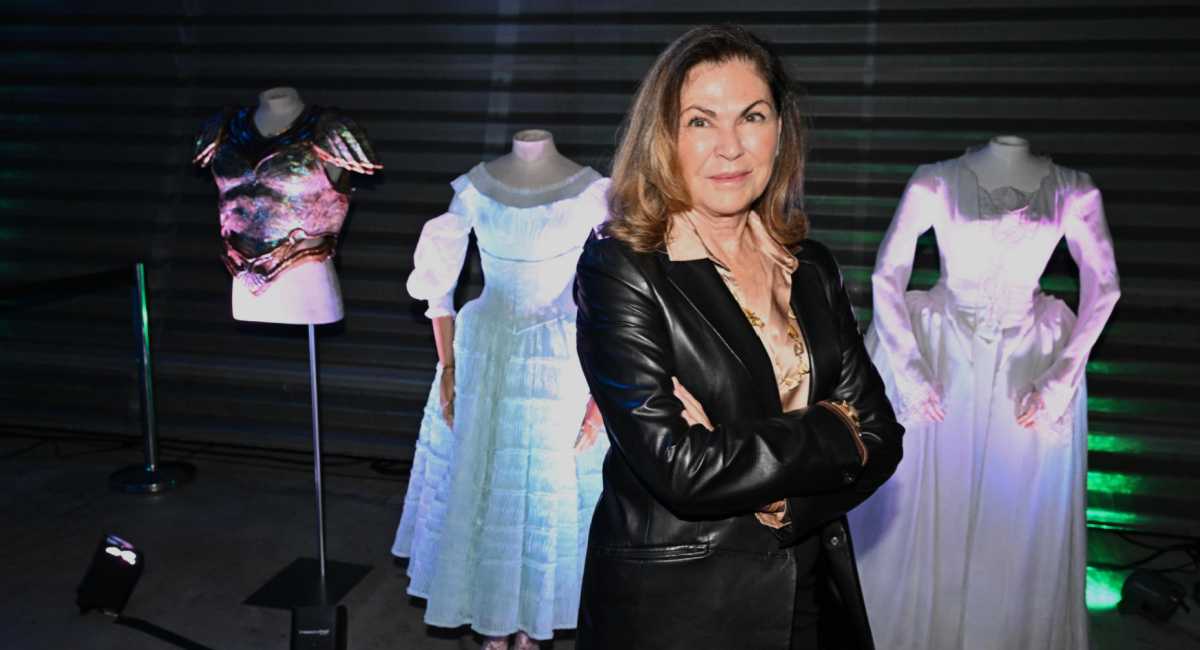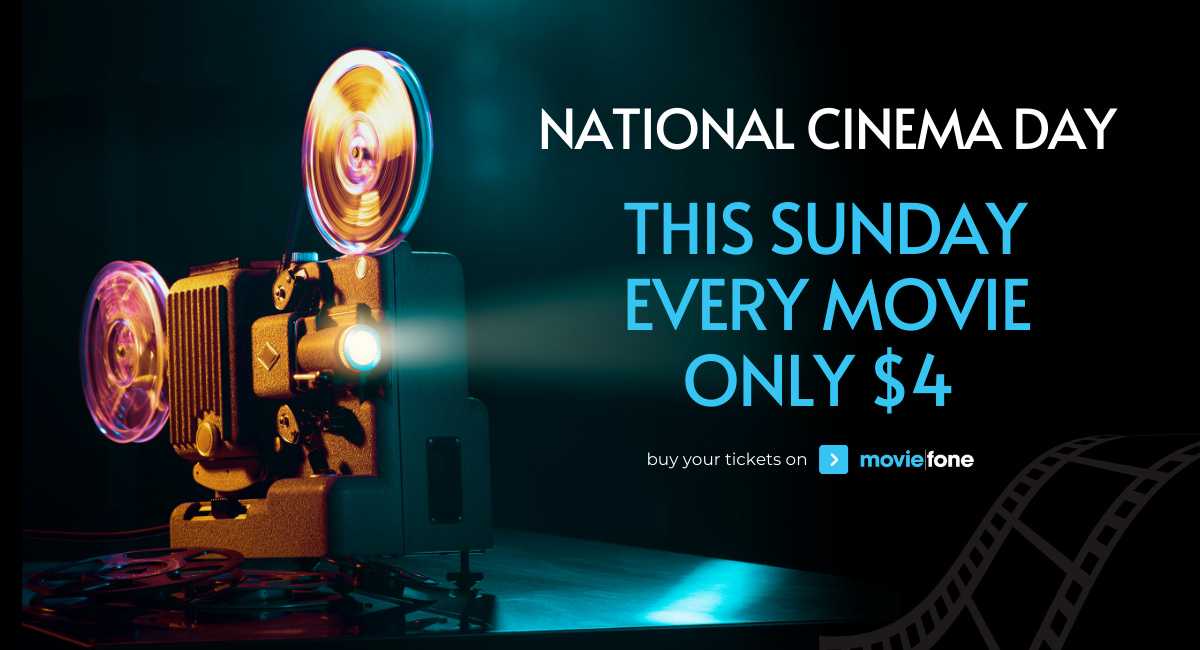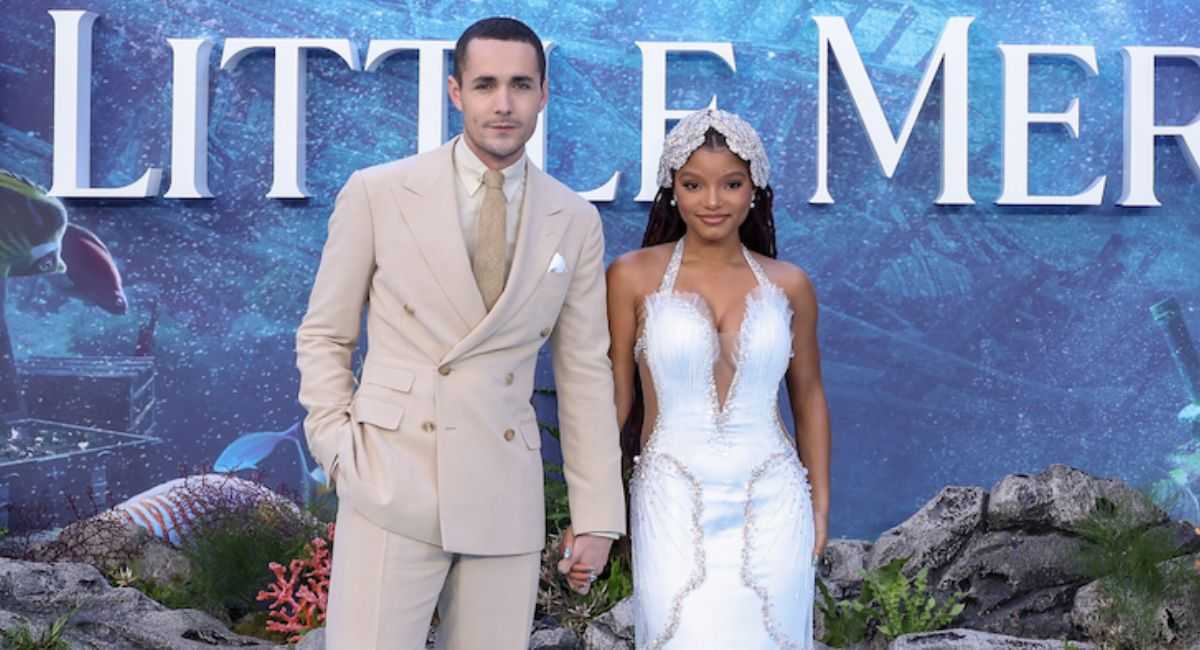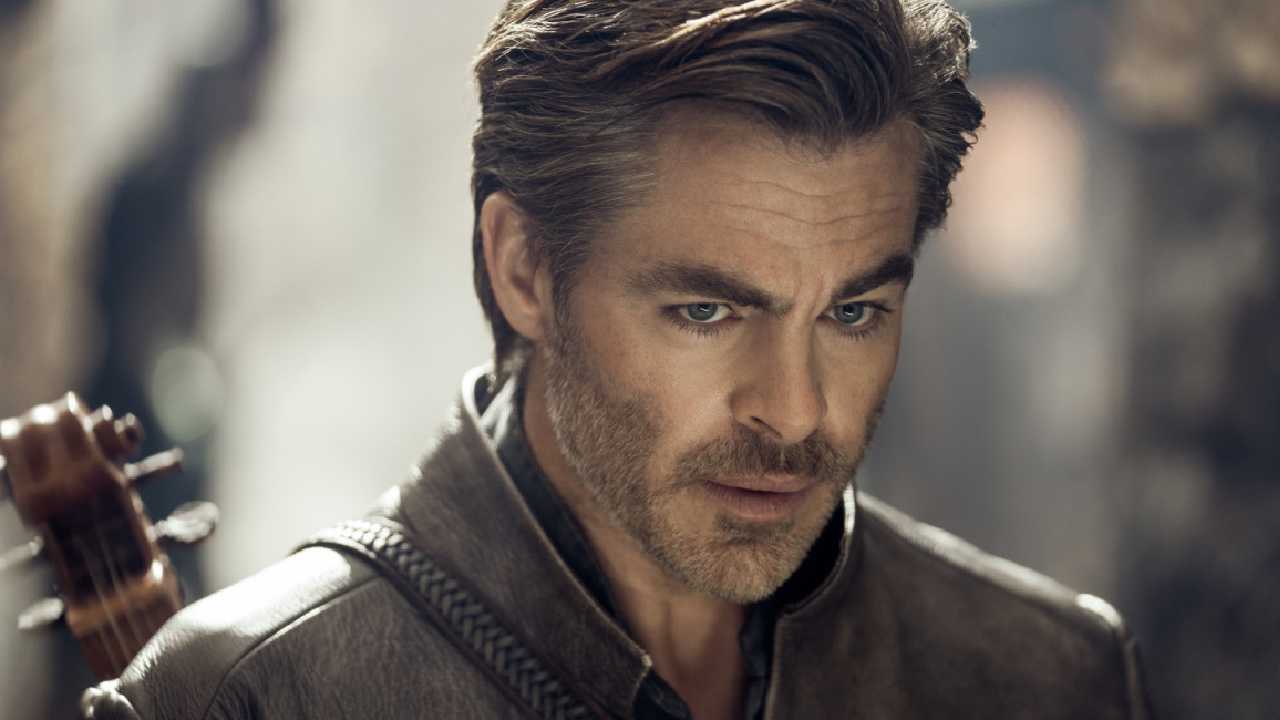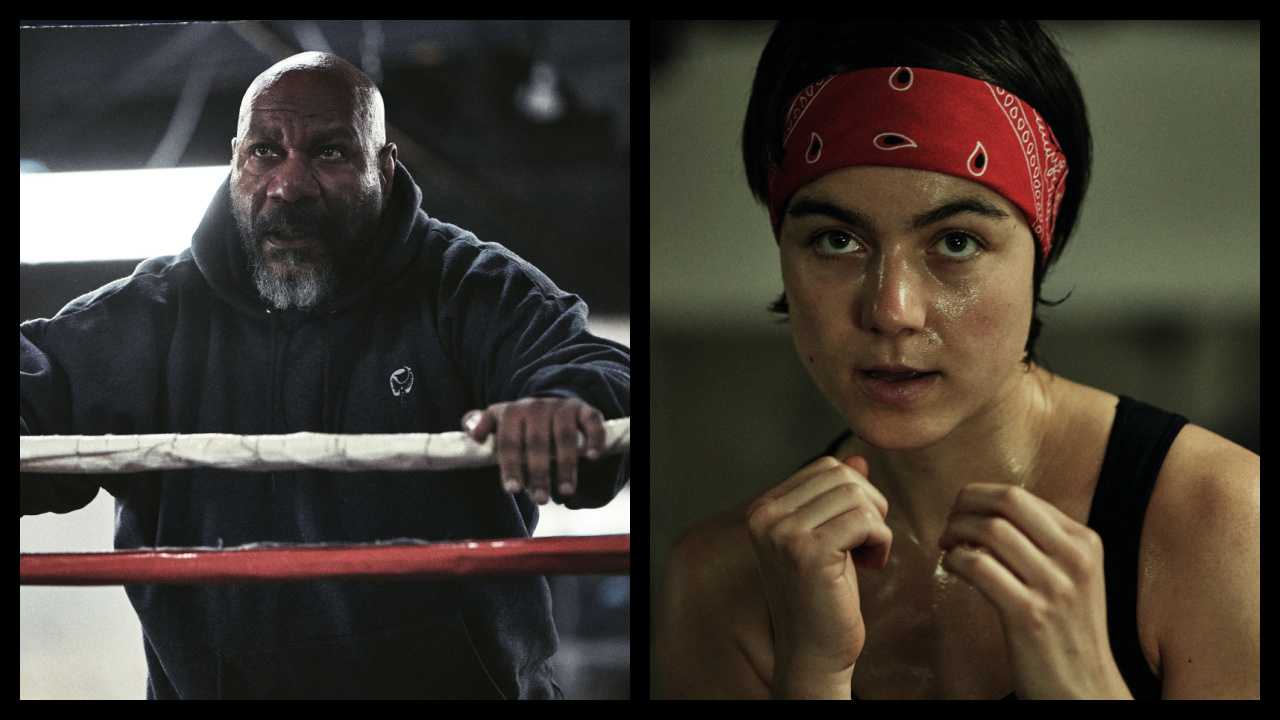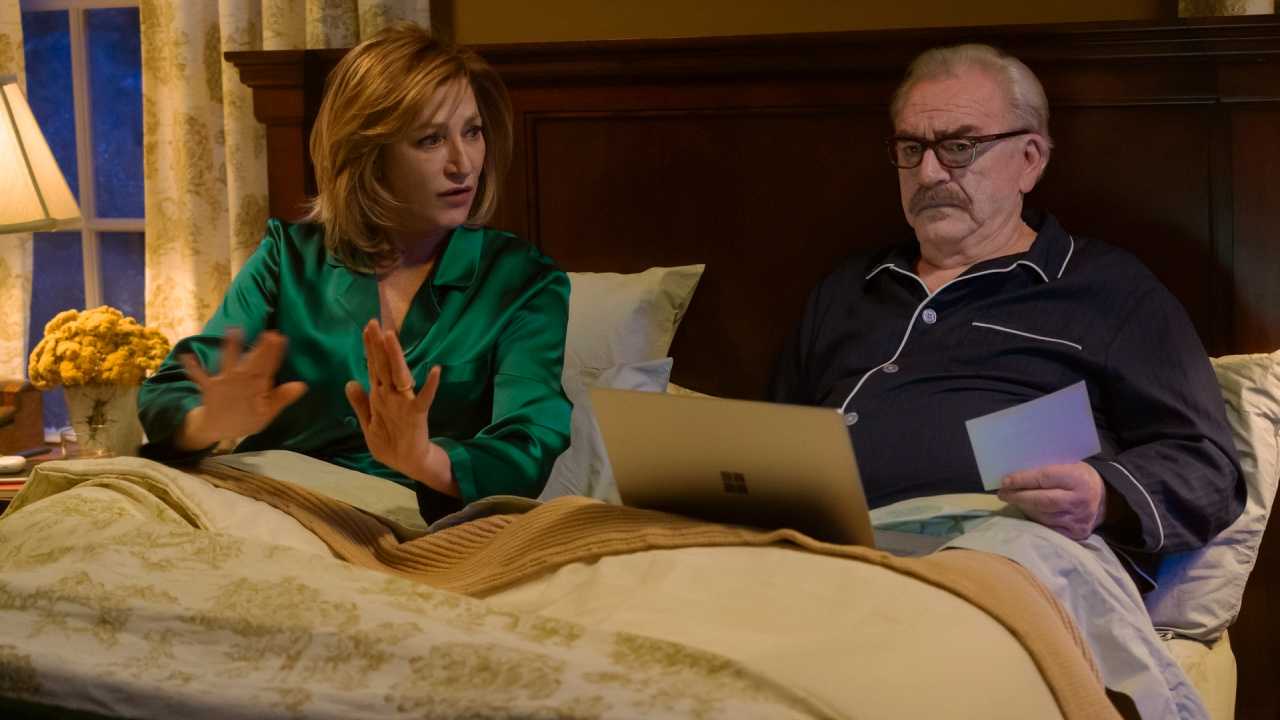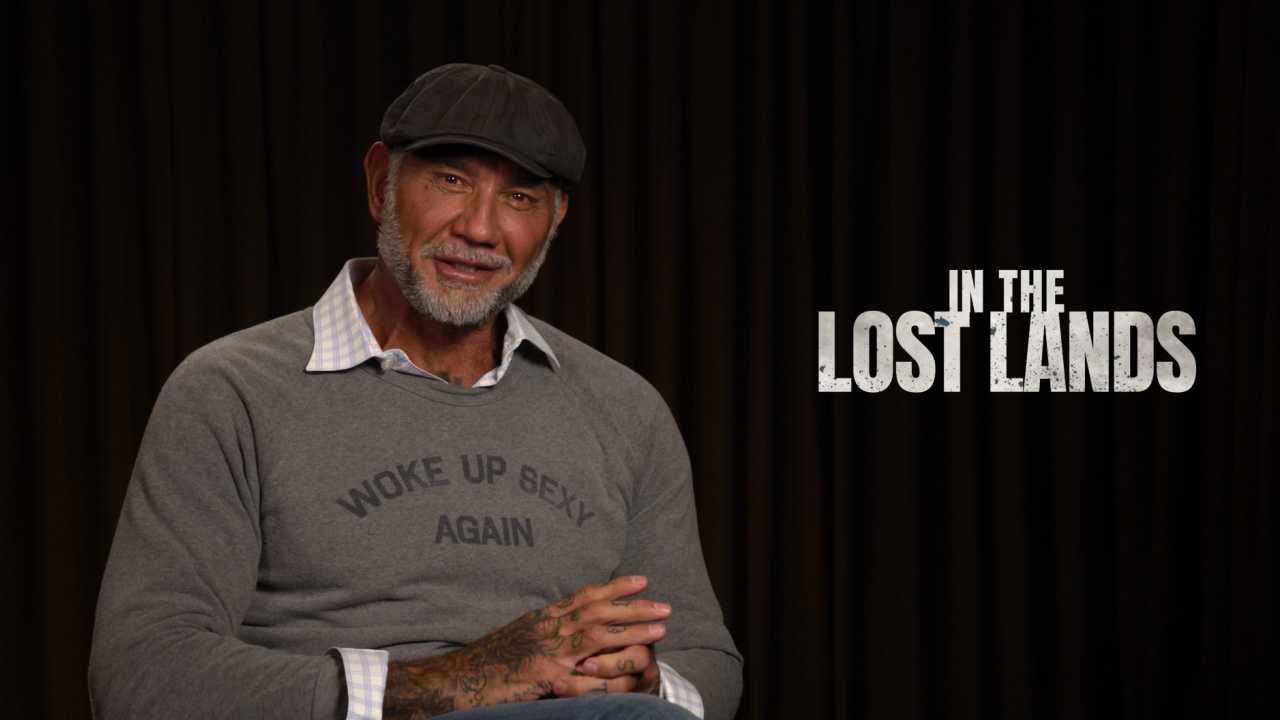‘Mary Poppins Returns’ Director Rob Marshall on His Approach to ‘The Little Mermaid’
With “Mary Poppins Returns,” director and choreographer Rob Marshall accomplished the unthinkable: he provided a worthy follow-up to Walt Disney’s groundbreaking, Oscar-winning original. He was somehow able to echo the earlier film while incorporating some entirely new elements, resulting in a film that felt both classic and contemporary (it helps that it's anchored by two terrific performances from Emily Blunt and Lin-Manuel Miranda). It was the kind of movie that you want to treasure and rewatch over and over again. Thankfully, that is possible now that the film is available on digital HD (it’s on Blu-ray next week), complete with dynamic picture and sound and flanked by an array of fascinating supplemental features.
Last week, I was able to sit down with Marshall at the Walt Disney Studios in Burbank. We got to talk about the legacy of the original film, the aborted sequel proposed in the 1980s (Michael Jackson was floated as a possible star, whew boy) and even got him to dish about his next movie for Disney – a live-action update of the animated classic “The Little Mermaid.”
Moviefone: Did you ever look at the script that Disney was working on in the 1980s for “Marry Poppins Comes Back?”
Marshall: I heard there had been one but never had seen it. I didn't even know it was possible to look at it. But I will say, it was interesting that it took 54 years, so it made sense that they would have tried at some point. But we know P.L. Travers was, famously, incredibly protective of that materials. So that's what that was. I think that's what that was.
Was there anything you found in your research that you wish you had included?
Well, you know, I went through every book to see what I thought were possible musical adventures. That's really what I was looking for -- what would be set pieces that could work. And so we picked the ones that we thought were the strongest. But there were other interesting ones along the way. I’m trying to remember now what they might've been.
Did you put those in a bin and say, “If we do another one, we can grab from there?”
Never thought about it. Never thought in those terms. I just thought, Well, here are the ones that could possibly work. I remember making a long list of different ones. We really did use the strongest of them all. There is a lot of material, although a lot of it is repetitious, you even see in our film clearly that there's repeated things because that's how the books were. I mean, you know, you don't have Uncle Albert, but you have Topsy. You know what I mean? That's how she wrote.
One thing I was really curious about, and I thought it was very interesting from a Disney history standpoint, is that you have a character who's fighting for unionization. And we know that unions were very touchy subject here and almost brought down the studio.
I never made that connection. I didn't think of that in those terms, but yes, you're absolutely right that, that was part of this. That was a big deal. Yeah. Um, well, you know, listen, I love the, that we're really came from this whole idea Jane would be a union organizer was it came from being passed down, the sense of rights for workers, rights for women's votes. It really came from her mother. Yeah. And the suffragette movement. So that was the connection.
I wanted to do some lightning round stuff with you -- what was your favorite costume?
I have to say, um, Emily's tiered dress in the animation sequence. Because it is a perfect example of the painting that Sandy Powell was able to accomplish and that was so extraordinary. When you look at it, it looks like a series. It looks like a tiered dress and it's not, it's one flat piece of fabric that's painted as a tier. So that's like a perfect example. And it, and also it represents moving into the live action/animation sequence, which was the one of the greatest experiences of my life.
Well, I was going to ask what, what your favorite musical sequence was.
Well, it's a tie for me because it, it's “A Cover is Not the Book” because it was a chance to do this extraordinary thing. It was very complicated to create a live-action/animation dance, which had to be carefully orchestrated. John DeLuca and I choreographed every inch of it because of all of the requirements of the hand drawn animation. So it was both Lin-Manuel and Emily, it was the first thing we shot because we had to turn it over to animators right away. It was the most complicated because it involved working with penguins and animal dancers and animation. So that was thrilling and exciting to work on. And also to have Emily dance, I didn't know she could dance as well as she did and she's extraordinary! And Lin-Manuel too. So that was really fun. That was joyous.
And then I have to say, because I come from dance, I'm a male dancer obviously when I was a young, athletic male dancer. And so doing “Trip A Little Light Fantastic” and creating an eight-minute long production number of that scale was thrilling.
I don't know if it's official yet, but it seems like you’re going to do another big project for Disney. Has this experience prepared you in some ways for “The Little Mermaid?”
Well I will say, I was just thinking about this the other day, that every movie I've done has been an enormous challenge. I've never sort of done the easy film, the two people in a room talking film. This next one, “The Little Mermaid,” is massively challenging because of how to create a world underwater. Half of the movie is underwater and to create a world that actually comes to life in a way that's actor-friendly when you're shooting it. And bringing that world to life. I mean, I do love creating worlds. That's something I've always loved to do, no matter what world I'm diving into. So that's thrilling. But this one is incredibly challenging. I think all the films I've done help me to the next film. You know what I mean? And I already worked with mermaids on my “Pirates of the Caribbean.”
But I think, yes, definitely working on this film. I always feel like when I start, it's my first film. I always feel like, How do you do this again? Because each one has its own challenges. But with “The Little Mermaid,” we're already starting to prep now because it's complicated.
You said you like to have practical things that actors can interact with but there will not be a singing crab on set.
But you know what? There will be. Okay. And I'll tell you why. Because I think what I know that I need. And I need actors to work with actors. I just can't work with just voices or just the script supervisor standing there reading the lines. Yeah. So I probably will involve some puppetry to help with that, to help the actors.
It's all about making it come alive for the actors so they can bring the performance to life. So I will be very careful to make sure that it's not done in a void, that people will feel like they're can interact with something. And I’ll probably have actors on set to doing that with them.
Well you've obviously taken a Disney property from golden era and now you’re tackling a film from the Disney Renaissance. Is there a different approach that you’re taking?
Well, here's what it is for me: “Mary Poppins” hit me in a very deep way because of the age when I saw it. I was so young. But I know that the people that were that age, when “The Little Mermaid” came out, it means that much to them. I certainly appreciated it so much. It was the renaissance, as you said, so beautifully of the beginning of ushering in of animated musicals and musicals in a way. Musicals, even on film in any shape or form had sort of gone away. And that was the beginning in 1989 and I do feel that carrying the mantle is important. It's a big, it's a very important film to a lot of people.
And you're getting to continue your relationship with Lin-Manuel. What is that collaborative process like?
Well, he is the greatest collaborator and human being around. He's such an authentic person. I think of that word when I think of him. He's just such a true person. One of the reasons I wanted him to play Jack in this film, as an example, is because he's, he's not jaded in any way. There's such an enthusiasm behind everything he does. He really embodies that character of Jack and that he brings his child like sensibilities. They're just there. He doesn't have to even work to get them there. He's just who he is.
And I will work with him anytime, anywhere and he knows that. So getting to work with him on the other side of the table as a lyricist, we’re working Alan Menken on this new material is exciting.
“Mary Poppins Returns” is on digital HD today and on Blu-ray March 19th.
